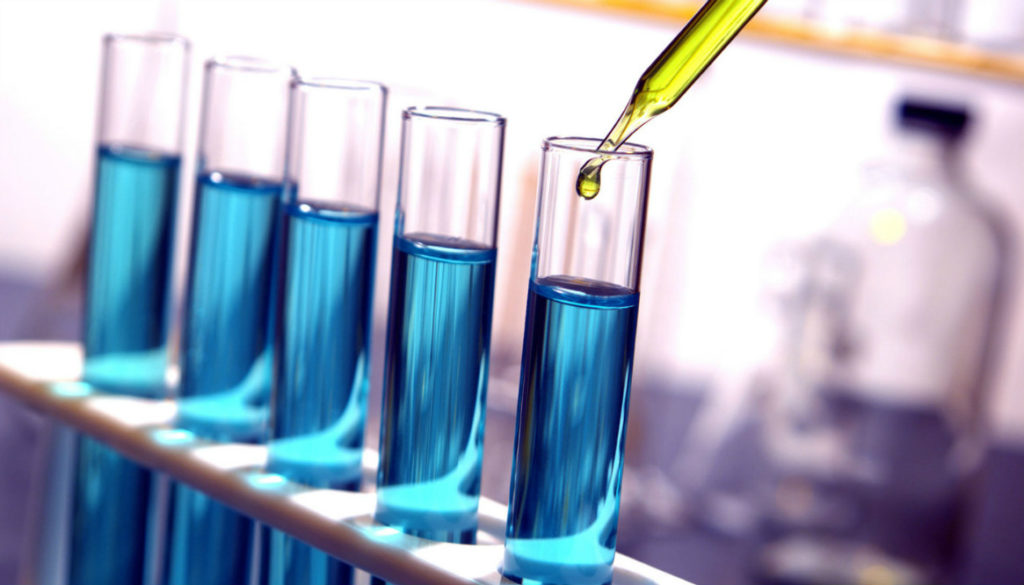Alcohol Testing
Alcohol testing at work place.
The United States Congress recognized the need for a drug and alcohol free transportation industry, and in 1991 passed the Omnibus Transportation Employee Testing Act, requiring DOT agencies to implement drug and alcohol testing of safety-sensitive transportation employees. Learn more about DOT regulations HERE
The person being tested for alcohol use blows into a breath alcohol device, and the results are given as a number. The number, known as the blood alcohol concentration (BAC), shows the level of alcohol in the blood at the time the test was taken. It does not measure past use of alcohol.
When Employers Use Breath or Blood Alcohol Tests
Employers typically use alcohol testing under specific circumstances:
The employer may have a policy that tests when there is reasonable suspicion, also known as probable-cause or for-cause testing, and there are documented signs of possible alcohol or drug use.
Another scenario is post-accident testing when there was suspected alcohol or drug use that caused a property damage or personal injury accident.
Random testing may be performed on an unannounced, unscheduled basis on employees who are selected from a testing pool. Alcohol testing is administered just prior to, during or just after performing safety-sensitive functions. Depending on the industry specific regulations, you may only be subject to random drug testing.
There is mandatory alcohol testing for employees in some industries regulated by the US Department of Transportation.
What happens to me when I test positive or refuse to test? When you test positive or refuse an alcohol test, you are not permitted to perform safety-sensitive duties for any DOT-regulated employer until you have seen a Substance Abuse Professional (SAP) and successfully completed the return-to-duty process, which includes a Federal return-to-duty alcohol test.
Working in a safety-sensitive position before successfully completing the return-to-duty process is a violation of the regulations.
